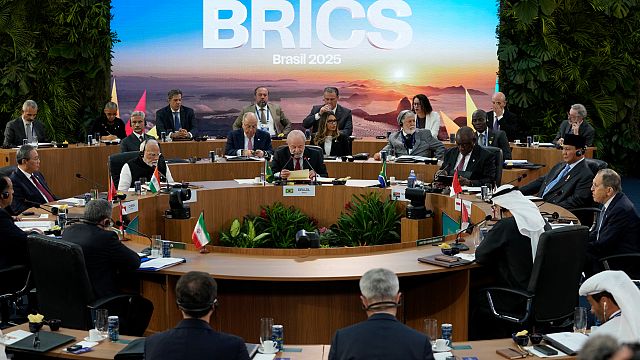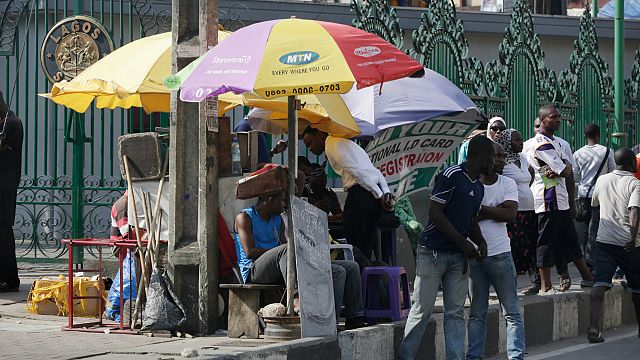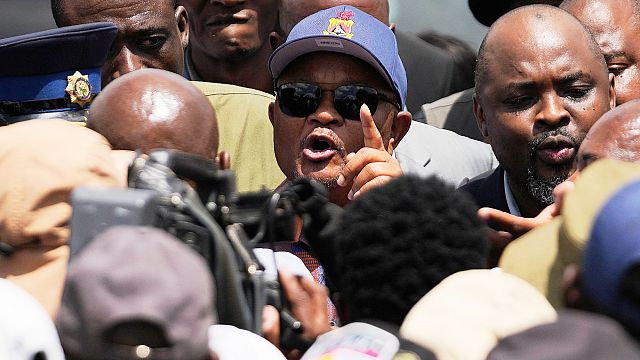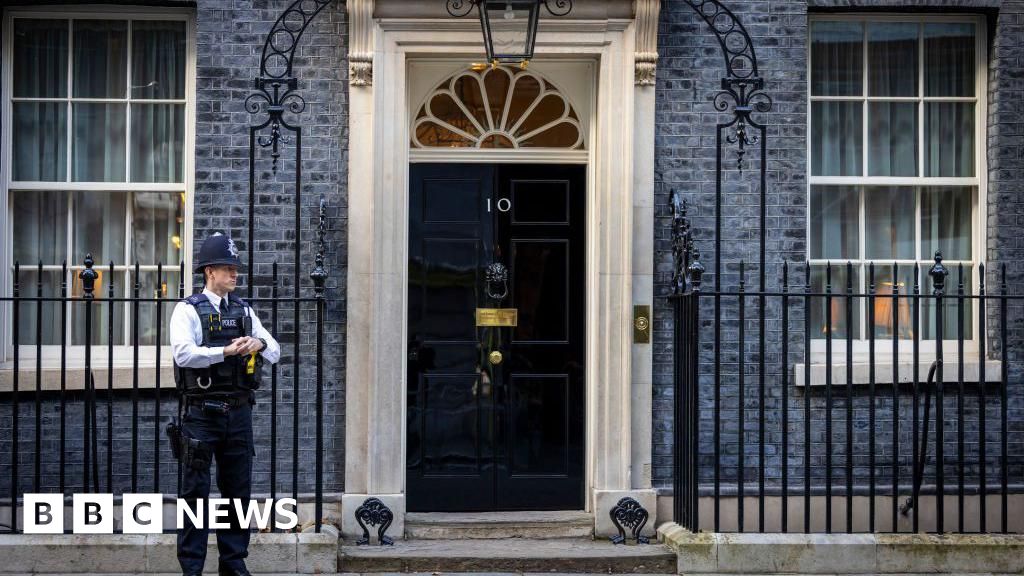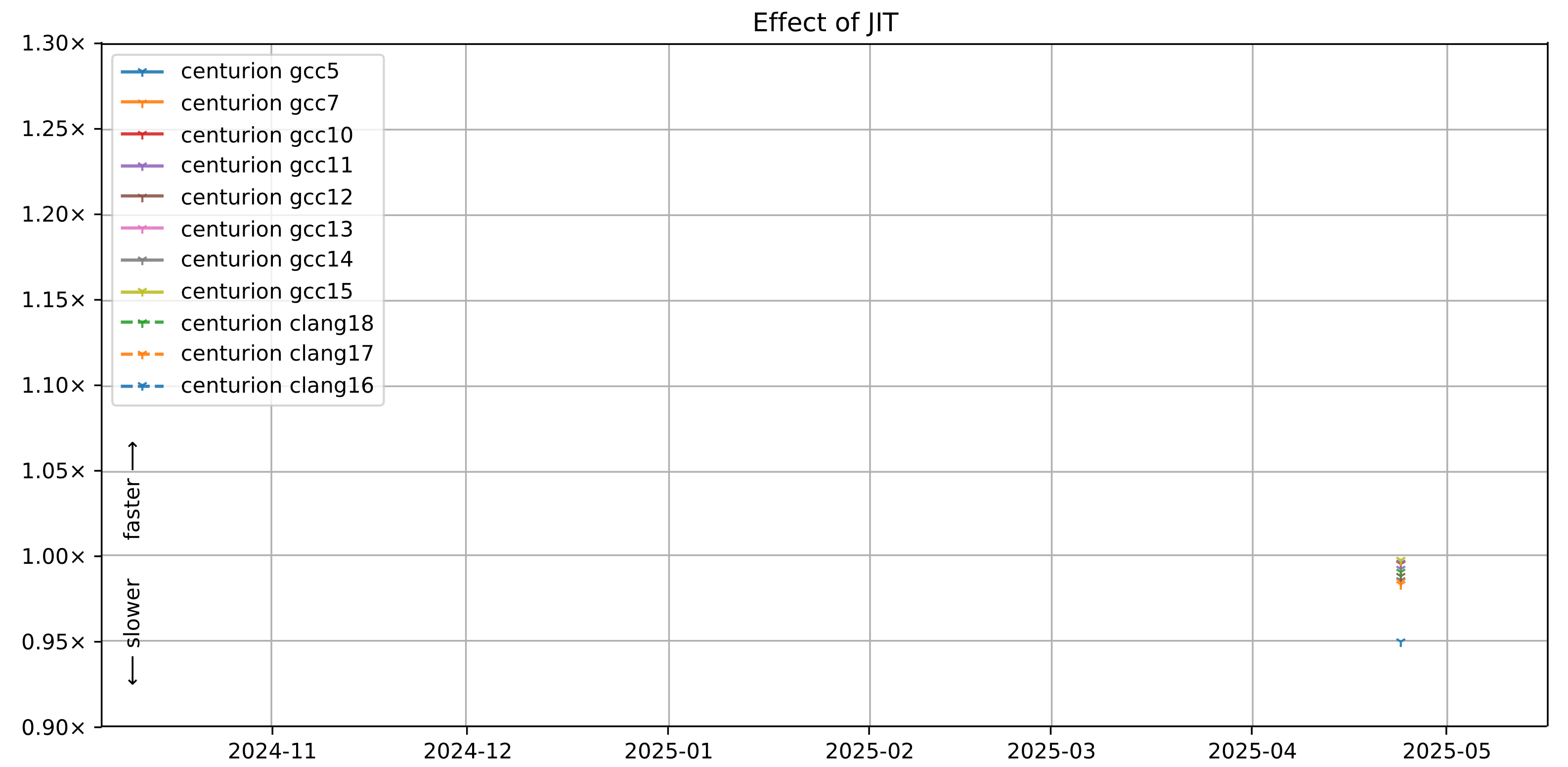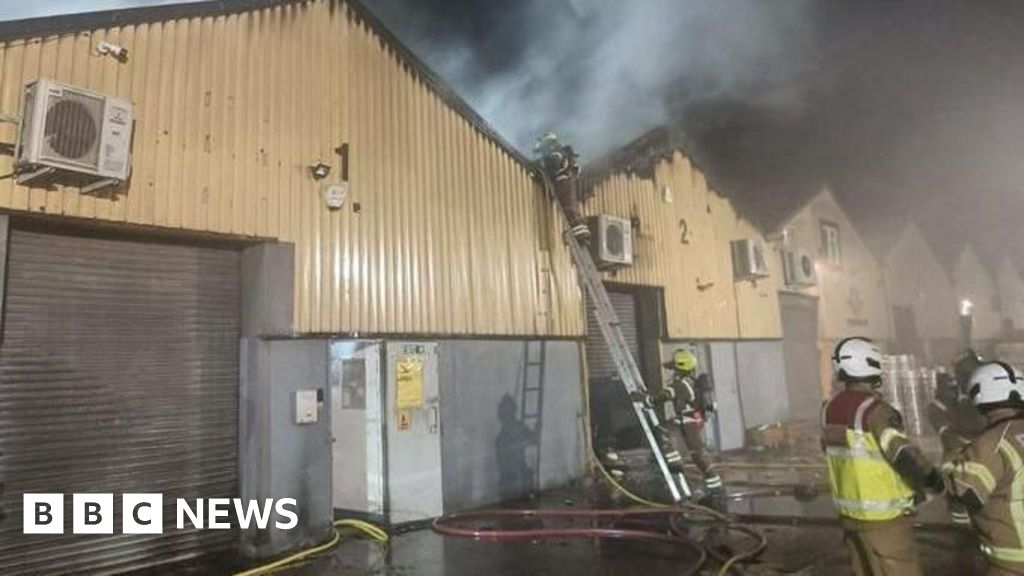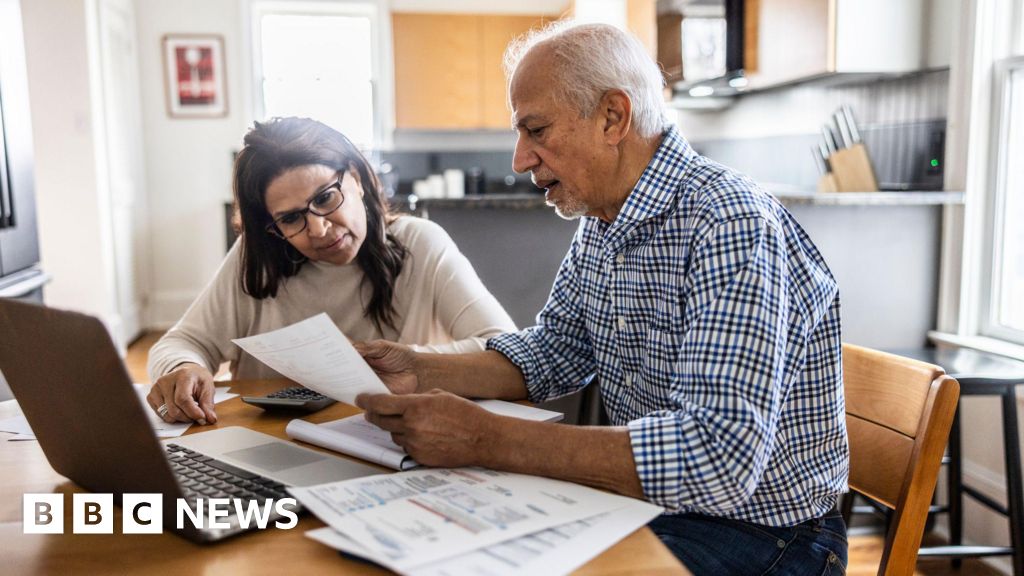Trump’s New Trade Threats Set Off Global Scramble to Avoid Tariffs

Over the past three months, nations across the world tried to avoid new tariffs that would punish their economies by giving President Trump something he might want.
Indonesia offered to buy $34 billion more in U.S. crops and fuels. Thailand proposed lowering many of its own trade barriers, and buying more U.S.-made planes. Japan was ready to buy more liquefied natural gas over the next two decades.
But as Mr. Trump’s self-imposed July 9 deadline approached, those entreaties made little difference. The 14 letters he posted online on Monday, mostly aimed at countries in Asia, largely matched the rates set in April, before he backed off and gave dozens of countries 90 days to negotiate agreements that would satisfy the White House’s demand for more balanced trade.
“We have had years to discuss our Trading Relationship with Thailand, and have concluded that we must move away from these long-term, and very persistent, Trade Deficits engendered by Thailand’s Tariff, and Non-Tariff, Policies and Trade Barriers,” Mr. Trump wrote, swapping out only each country’s name in otherwise virtually identical missives.
That fresh volley has left countries large and small, nearly all of them longstanding allies of the United States, with profound questions about how to move forward with the world’s largest consumer economy when negotiations over trade conflicts are labored and deadlines are extended without warning.
“Many in Asia are going to ask, ‘Is this how the U.S. treats its friends?’” said Manu Bhaskaran, chief executive of Centennial Asia Advisors, a research firm. “Will there be permanent damage to American standing and interests in Asia and elsewhere through these crude threats and unpleasant language?”
Asian nations largely built their economies to supply the West. Mr. Trump’s announcements amount to a declaration that the relationship must fundamentally change, and reactions by regional players carry vast implications for the flow of goods and the contours of geopolitics in the years to come.
With Mr. Trump’s earlier tariffs on automobiles and steel as well as a fentanyl-related duty on China, the weighted average tariff for goods coming from Asia would rise to 27 percent — up from 4.8 percent in January — if all of the announced rates go into effect on Aug. 1, according to calculations by Morgan Stanley. That rate could rise even further if the United States follows through on its threats to place separate duties on pharmaceuticals and semiconductors.
Economists expect the tariffs, which Mr. Trump sees as a way to revive American manufacturing and add revenue to the federal budget, will reduce U.S. imports. American companies, as well as their business partners abroad, would suffer lower profit margins as the government levies are split between consumers, importers and exporters. Firms would be left with less money to pay wages and invest in their growth.
Facing Mr. Trump’s accusations of unfair trade practices, some countries on his Monday mailing list have few bargaining chips. South Korea, for example, 13 years ago inaugurated a free-trade agreement with the United States that has reduced nearly all tariffs between the two countries to zero.
South Korea’s newly elected president, Lee Jae Myung, tried to come up with offers, such as cooperation in helping the United States rebuild its shipbuilding industry. He sent both his top trade negotiator and his national security adviser over the past few days to meet with Trump administration officials to try to hash out a deal.
Nevertheless, South Korea was met with a 25 percent tariff, the same as the one that was paused in April. Although all the new tariffs will not go into effect until Aug. 1, creating a window to de-escalate, it remains unclear what could persuade Mr. Trump to relent.
“We are doing our best to bring about a result mutually beneficial to both sides, but we have been unable to establish what each side exactly wanted from the other side,” Mr. Lee said last Thursday.
In several cases, leaders in Asia expressed exasperation that they were back to square one even while actively engaging in talks. A Thai delegation had met last week with Jamieson Greer, the U.S. trade representative, and a top official at the Treasury Department, only to receive a 36 percent rate in Mr. Trump’s Monday barrage.
“I think it’s a bit of a contradiction,” said Phumtham Wechayachai, Thailand’s acting prime minister. “We negotiated with the trade representatives, the appointed intermediary to negotiate. However, the White House, the related parties, they sent out the letter.”
The bewilderment was not limited to Asia. Goods from South Africa will face a 30 percent U.S. tariff, according to a letter from Mr. Trump to President Cyril Ramaphosa. In a statement on Monday, the South African leader said that the tariff rate was based on a “contested interpretation” of the trade balance between his country and the United States. Around three-quarters of U.S. goods are sold in South Africa with zero tariffs, Mr. Ramaphosa noted.
Mr. Ramaphosa has sought reassurances that his country could rely on the United States as a market for its goods and an investor in its economy, which is suffering from high unemployment and low growth. But after receiving Mr. Trump’s letter, Mr. Ramaphosa urged his trade negotiators and South African companies “to accelerate their diversification efforts,” reducing reliance on U.S. trade.
There is one major clue about what Mr. Trump might want in the deal he struck last week with Vietnam. That country has agreed in principle to a 40 percent tariff on any goods that flow across its borders from China, which has happened with increasing frequency as the United States has ramped up barriers to goods coming from China directly.
A similar clause appears in all of the letters sent Monday, declaring that “goods transshipped to evade a higher tariff will be subject to that higher tariff.” Effectively, the Trump administration is forcing nations to choose between China and the world’s biggest consumer economy, the United States. It’s not an easy decision to make, or to follow through on.
Take semiconductors, an essential component for everything from iPhones to automobiles. Taiwanese and South Korean companies have dominated chip production for decades, but the supply chain is complex and specialized, with materials and equipment from Japan and testing laboratories in Malaysia. They now have factories in China and sell many of their chips there — an arrangement that has upset Washington, which wants to slow China’s progress on the development of artificial intelligence.
“The U.S. does not actually want zero tariffs or a free-trade agreement with these countries,” said Hsien-Ming Lien, president of the Chung-Hua Institution for Economic Research, a think tank in Taipei, Taiwan. “What Trump really wants to do is to build up a manufacturing supply chain which has as little influence from China as possible.”
To some countries, China may seem like a better option, as it has offered both investment and a voracious market for some exports.
Kazakhstan in Central Asia, which Mr. Trump has threatened to hit with a 25 percent tariff, is one of those countries making choices between the economic superpowers.
Over the years, the United States had been a major investor in Kazakhstan, primarily for oil and gas projects. American investment in the country dropped off in recent years, but started to ramp back up in 2024 as the government issued more mining licenses. It has also recently announced a major discovery of rare earths.
Last month, Kazakhstan announced that it had agreed to cooperate with China on energy, aerospace, agriculture and e-commerce. Kassym-Jomart Tokayev, Kazakhstan’s president, said after meeting China’s top leader, Xi Jinping, that the relationship between the two countries had entered a new golden era, partly because Beijing did not impose any political conditions in exchange for its cooperation.
Some of Asia’s economies have been diversifying their markets beyond the United States for years. But there is no obvious alternative if higher tariffs make their goods prohibitively expensive for Americans to buy. The region is already flooded with goods from China’s efforts to sustain its own export-led growth, and brutal price wars are bringing down profit margins everywhere.
In Southeast Asia, Malaysia feels caught in the middle, unsettled by the uncertainty caused by the Trump administration, but lacking attractive alternatives.
“Malaysian exporters have to manage with less competitive pricing of their products selling in the U.S. market while looking to find new export markets in other parts of the world that embrace fair and rule-based trade,” said Lee Heng Guie, executive director of Malaysia’s Socio-Economic Research Center.
Countries are also keenly aware of how Mr. Trump could change the tariff rates of their regional neighbors, knowing that American importers are contemplating moving production where exports would cost less.
Patrick Soong owns a firm in Portland, Ore, that helps companies design and make everything from luggage to medical devices and camera accessories in Asia. He has been waiting on the reciprocal tariffs to become clear before moving forward with factories in Vietnam, China, Thailand and the Philippines. The salvo by Mr. Trump on Monday did not help.
“With Aug. 1 being the new date, it seems like ours and our customers’ decisions will just be pushed off another three and a half weeks,” Mr. Soong said. “For the work we’ve put in, it doesn’t make sense to pull the trigger on any specific business direction until all four countries’ tariffs have been determined.”
Muktita Suhartono contributed reporting from Bangkok, Hasya Nindita from Jakarta and Zunaira Saieed from Kuala Lumpur, Malaysia and Amy Chang Chien and Xinyun Wu from Taipei.
What's Your Reaction?
 Like
0
Like
0
 Dislike
0
Dislike
0
 Love
0
Love
0
 Funny
0
Funny
0
 Angry
0
Angry
0
 Sad
0
Sad
0
 Wow
0
Wow
0




